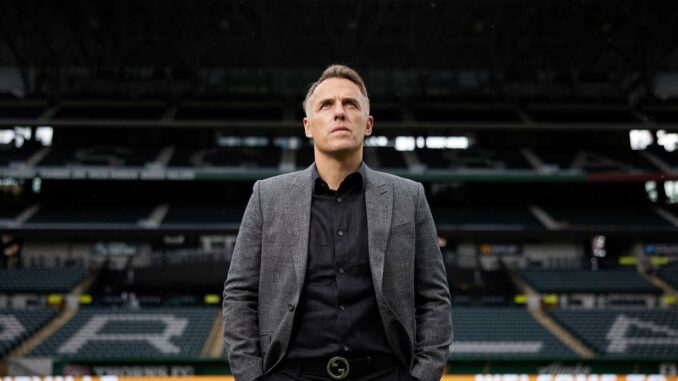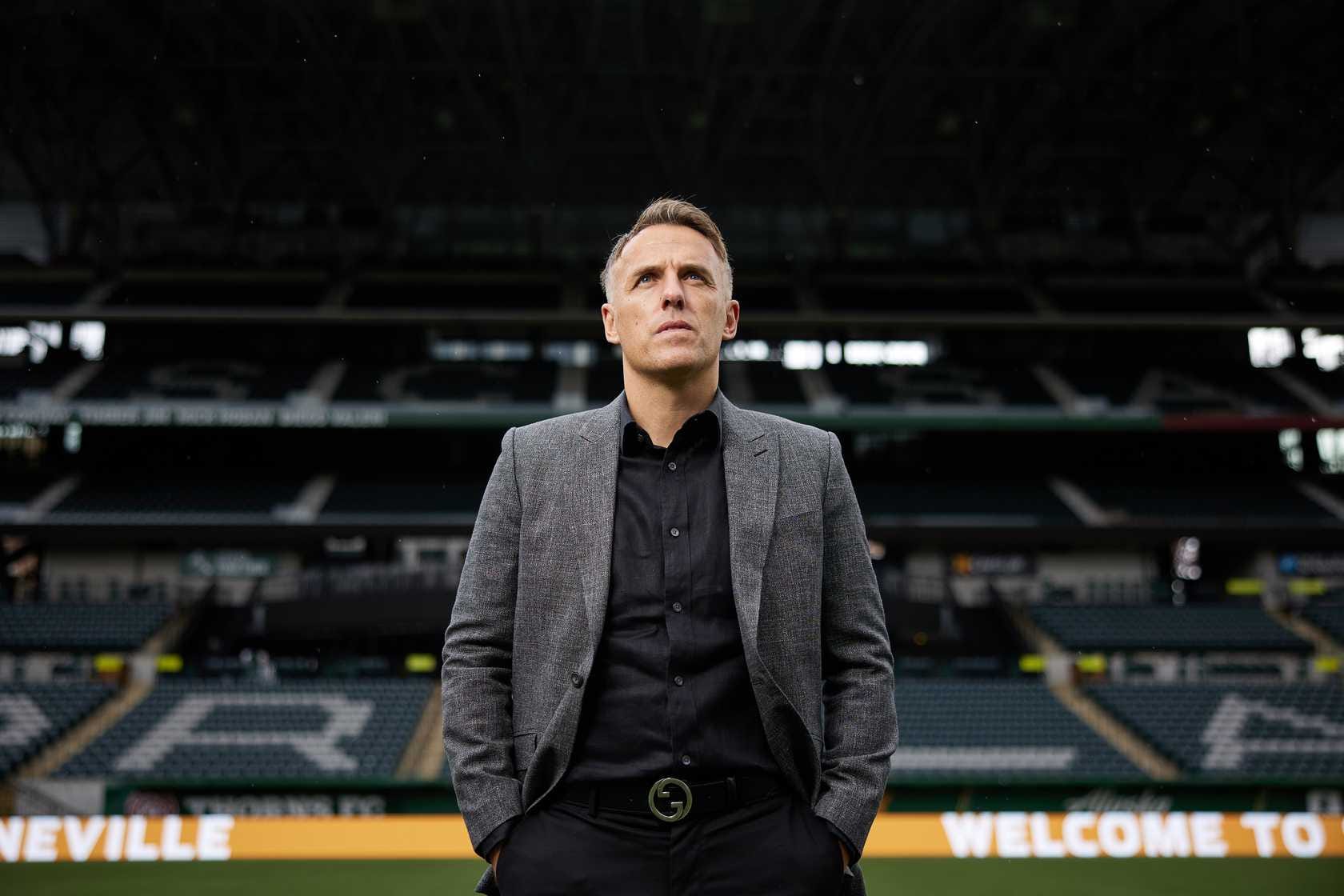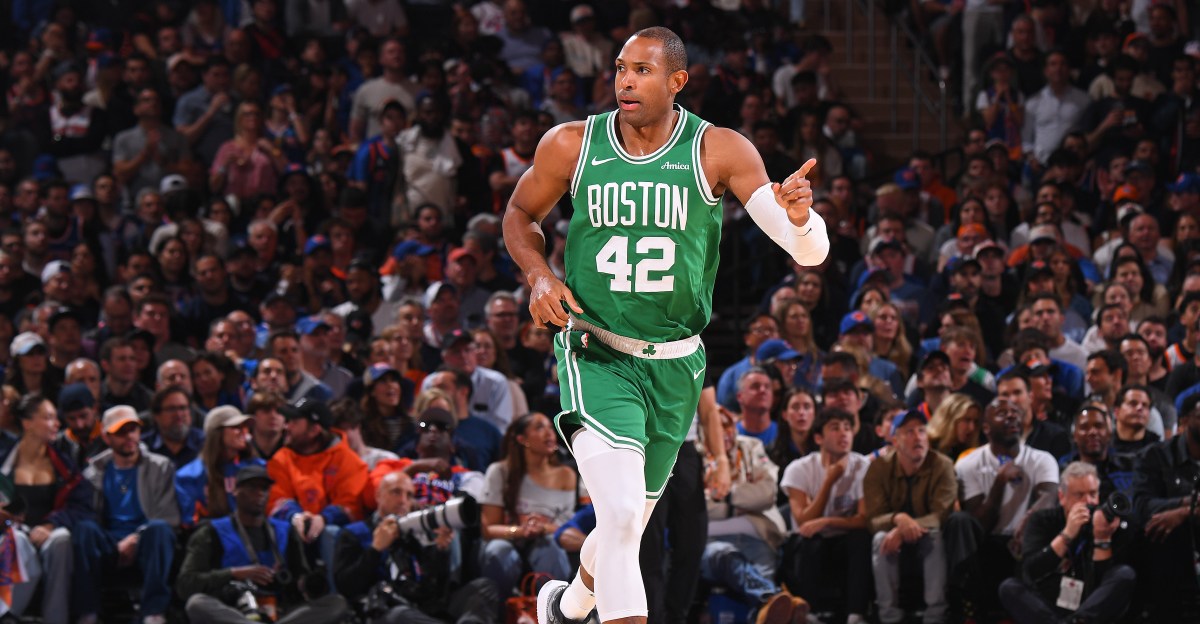Portland Timbers 2025 – Are Phil Neville’s Men Contenders Or Just Playoff Passengers? – Oregon Sports News

With 24 games in the books, the Portland Timbers find themselves comfortably perched in fifth place in Major League Soccer’s Western Conference, accumulating 37 points and averaging 1.54 points per match.
That’s not elite, but it’s stable. They’re nine points behind expansion juggernaut San Diego FC, who, in their first MLS season, are steamrolling through the West like they’ve been doing this for a decade.
The Timbers are also eight points clear of 10th-place San Jose Earthquakes, who sit just outside the playoff cut. That’s important, because in the world of MLS—a league where parity reigns and nine of 15 teams in each conference make the postseason—you don’t need to be great. You just need to be good enough.
Or as Colorado is proving, barely good enough. The Rapids are 8W-11L-6T and still in the mix. It’s a playoff format that rewards mediocrity and occasionally punishes ambition.
Head coach Phil Neville is in his second season at the helm, and the Timbers are trending … sideward? In 2024, the club squeaked into the Wild Card round with a ninth-place finish. This season, with 10 games remaining, Portland looks poised to avoid the one-and-done Wild Card death trap. That’s progress, technically. But is it the kind of progress that wins you a playoff series? Or just another first-round exit on a different date?
Let’s break it down.
Slightly Better, or Slightly Less Worse?
In 2024, the Timbers wrapped up the regular season with a 12W-11L-11T record, 65 goals scored, and 56 conceded. This year? It’s 10W-7L-7T, 33 goals for, 32 against. While they’ve played fewer matches, the pace suggests a decline in attacking productivity but a modest tightening in defense.
Averaging 1.38 goals per game (ninth in the West) is hardly frightening for opponents. The defense, however, is quietly doing its job, conceding 1.33 per game, the fourth-best mark in the conference. Neville has clearly emphasized organization and structure. The Timbers may not dazzle you, but they also won’t gift-wrap goals.
Portland’s home form has been a strength. Providence Park has hosted six wins, two losses, and five ties. But away from home, it’s a different story: a mediocre 4W-5L-2T record. Long flights, changing time zones, and hostile crowds have chipped away at their road confidence—a classic MLS storyline.
Injuries, Missed Chances, and the Antony Problem
The attack was already underperforming when Brazilian winger Antony pulled up with a hamstring injury in late June. Before that, he had tallied six goals and seven assists—arguably the most potent threat in green and gold.
Since his injury, Portland has gone 2W-3L-1T in league play, and the offense has looked toothless at times, relying on half-chances and hopeful crosses.
The good news? The Leagues Cup break gives Antony valuable recovery time, and with the Timbers not returning to MLS action until August 10 against FC Dallas, he could be close to match fitness by then. Whether Neville rushes him back or uses him cautiously for the playoff push remains to be seen. But one thing’s for sure: the Timbers aren’t nearly the same team without their Brazilian talisman.
Searching for Goals: Mora, Kelsy, and Da Costa
With Antony sidelined, the attacking burden has shifted to Felipe Mora and Kevin Kelsy. The two strikers have combined for 10 goals—not exactly a terrifying duo, but serviceable. Mora, the more experienced of the two, offers hold-up play and instincts inside the box, while Kelsy is still refining his game.
The real intrigue lies with Portuguese playmaker David Da Costa. The Lens academy graduate and Designated Player joined Portland this season and has delivered a team-leading eight assists.
Earning over $3 million annually, Da Costa has flashed moments of brilliance, threading passes between lines and occasionally uncorking a long-range stunner. But questions linger about whether Neville is getting the most out of his most expensive chess piece.
Da Costa has been shuffled between the left wing and central attacking midfield depending on the formation. Neville has alternated between a 4-3-3 and a 3-4-3, which often forces Da Costa wide. Sure, he’s capable of cutting in from the flank onto his stronger right foot, but it limits his influence on the tempo and his ability to connect midfield and attack.
In games where he’s been deployed centrally—like the 2-1 loss to St. Louis City on July 14—he’s looked far more influential. Portland scored first through Da Costa, but the defense let them down, conceding twice in the final 35 minutes. Tactical indecision? Or simply the reality of a team still gelling?
What’s Neville’s Identity?
It’s fair to ask: What is Phil Neville’s Portland Timbers team? After 58 regular season games in charge, the answer still isn’t crystal clear. The squad can be compact, workmanlike, and tough to break down. But they’re also prone to long stretches of offensive inertia.
Neville’s MLS resume still carries the baggage of his mixed tenure at Inter Miami, where he struggled to find consistency despite a talented roster (and later, Lionel Messi). In Portland, he’s been more pragmatic. The question now is whether pragmatism can beat ambition when the playoffs arrive.
The Run-In: Ten Games to Decide Everything
Portland’s final 10 matches won’t be easy. Seven of those fixtures are against Western Conference opponents, including two meetings with San Diego FC, the current conference leaders. There’s also a Cascadia Cup clash with Seattle Sounders, who are just one point above the Timbers. These are six-pointers that will define the rest of the campaign.
If Portland can finish strongly—say, collecting 18-plus points from their remaining games—they could leap into the top four and earn at least one home playoff game. That could be decisive in a conference where few teams thrive on the road. But if the Timbers limp into the playoffs, they risk another early exit and another offseason of soul-searching.
A key subplot will be the form and fitness of Antony. If he returns at full speed, the Timbers’ ceiling rises dramatically. Combine that with a properly deployed Da Costa and a little more ruthlessness in front of goal, and this team might be more dangerous than it looks on paper.
Final Thought: Flawed, Frustrating, but Far from Finished
The 2025 Portland Timbers aren’t elite, and they aren’t hopeless. They’re a playoff team with an unclear ceiling and a handful of tactical question marks. Neville has steadied the ship but hasn’t yet charted a clear course.
If this team can find another gear over the final third of the season, they might just catch fire at the right time. If not, well … it’ll be another “what if” year in the Rose City.
And hey, this is MLS. Stranger things have happened—just ask the 2022 LAFC team that won the Cup while juggling chaos and Carlos Vela’s mood swings. So, who knows? Maybe the Timbers have a little postseason magic waiting after all.
Share this content:















Post Comment